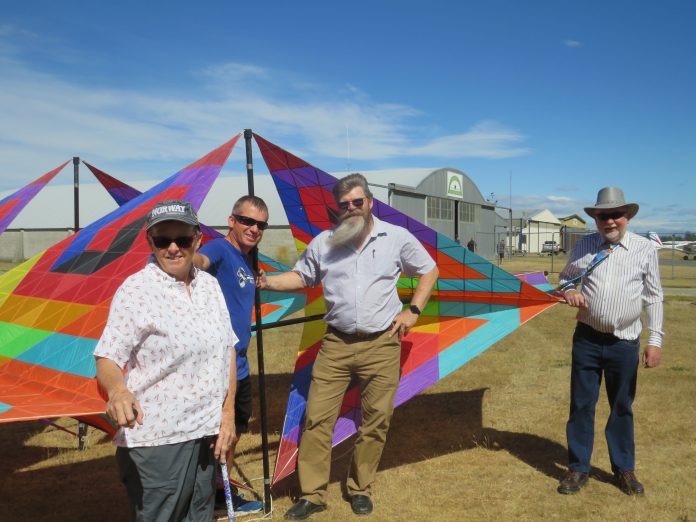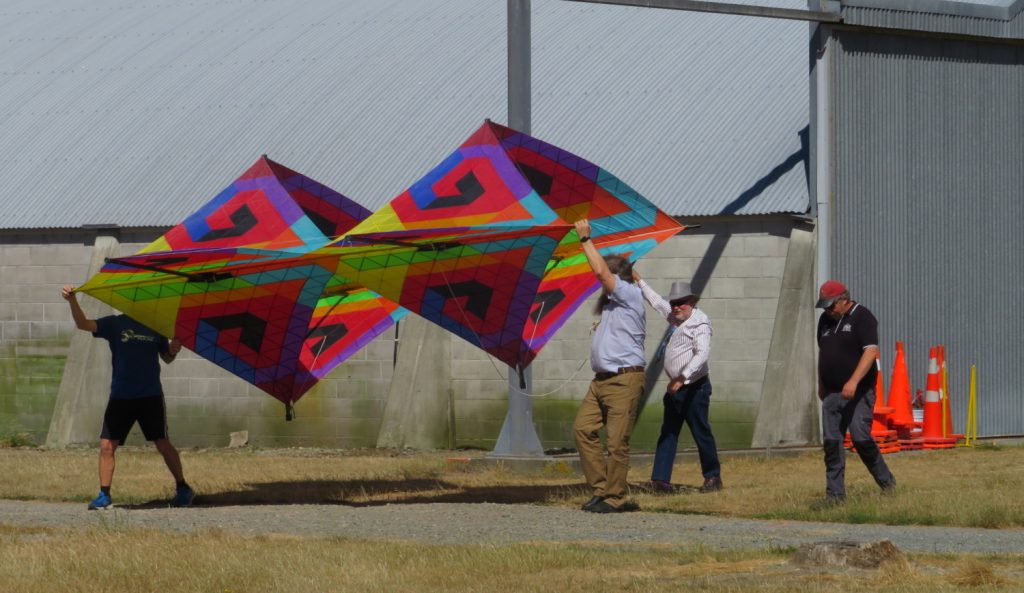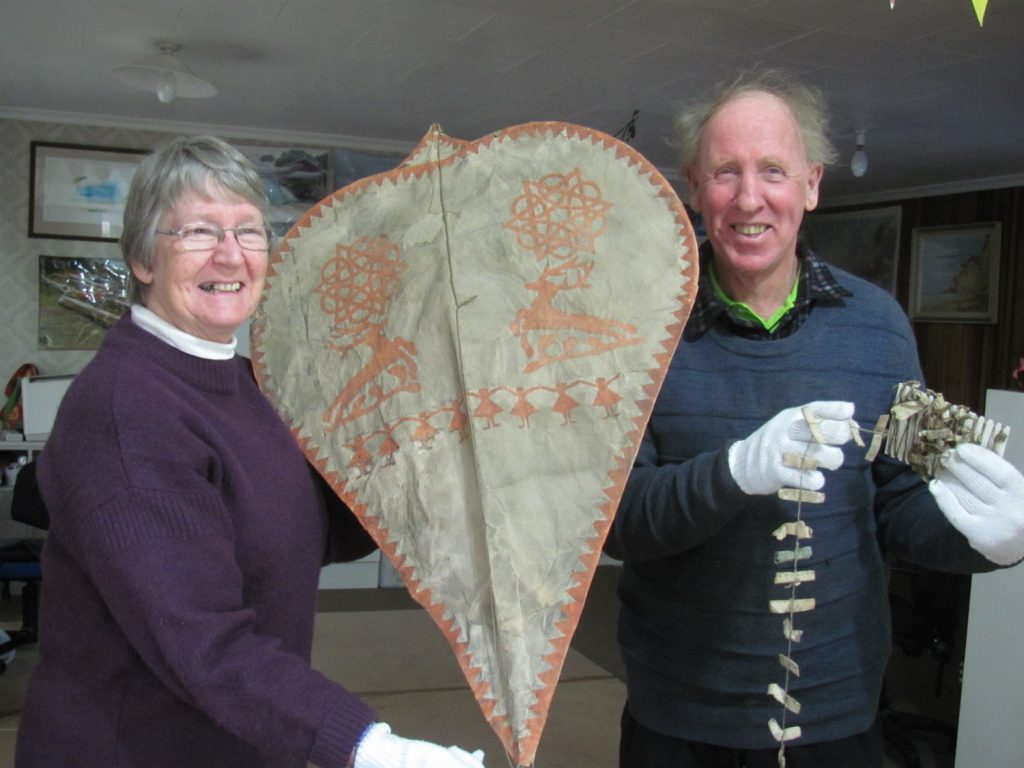
Historic pieces of aviation history owned by kite trailblazer Peter Lynn of Ashburton will go on display at the Ashburton Aviation Museum.
Among them are collector’s items including a letter from aeronautical pioneer Laurence Hargrave to the Wright Brothers, a rare kite from the year 1744, books and memorabilia, as well as thousands of items gathered from Lynn’s more than 50 years in the business. They include kites and prototypes of kite surfing boards and kite buggies developed in Ashburton.
Lynn founded Peter Lynn Kites in 1973.
He said giving items to the museum was a way to preserve them and get them on display, rather than them being ‘‘tucked away in a cupboard somewhere’’.
He had spoken to contacts around the world seeking a suitable home for his collection and was delighted to find one in his hometown.
He also planned to give his collection of vintage Stirling engines – another passion – to the Roger Mahan Heritage Centre just north of Geraldine.
It was a move in keeping with family tradition. Lynn’s late father, Bob, amassed his own world class collection of ornamental wood turning lathes and woodwork tools on display at the Lynn Woodwork Museum at The Plains Vintage Railway and Historical Museum at Tinwald.
The aviation museum is midway through a new extension build to create more display area.
The work is expected to be completed by June.
Peter Lynn Kites co-owners Simon Chisnall and Craig Hansen said a PLT Box kite, which they took to the Ashburton Aviation Museum’s new build turning of the sod ceremony last month, was a Lynn design from around 1976.

The kite, made in later years, had been returned to Ashburton from its owner in Kuwait to go into the aviation museum.
It consists of about 1250 individual pieces perfectly lined up in a nod to that original koru design.
Only two were made. The other one is at Te Papa museum in Wellington.
‘‘This one has been donated by Abdul Rahman Al-Farsi, of Al-Farsi Kite Group,’’ Chisnall said.
‘‘They were the owners of it and they have donated it to the museum.
‘‘There’s quite a few things going in. There’s the world’s oldest kite, and also a letter that got sent from Laurence Hargrave to the Wright brothers offering his knowledge of kites. I don’t know how (Peter) got that but it’s the original letter that got sent.’’
Hargrave, the inventor of the box kite in 1893, studied human flight, and experimented with models, kites and engines.
He was one of two prominent Australian figures to feature on that country’s $20 note.
Peter Lynn, who was unable to attend the ceremony, later said Hargrave wrote to the Museum of America (now the Smithsonian) in 1891, asking to be put in touch with anyone who was working on making powered flight a reality.
Aviation pioneers the Wright brothers, Orville and Wilbur, consequently used elements of his box kite in their own design. The letter was a gift from an American friend and kite-flyer. It is a key piece of aviation history, providing a link between the world of kites and powered flight. It is written by Hargrave to introduce him to the Wright Brothers aviation pioneers. Hargrave went on to manufacture kites to help them learn how to make things that fly.
Lynn said the museum would be the perfect home for it.
The rare kite is a Dutch peartop kite dated 1773.

He said people had been making and flying kites much longer than that, but this was the oldest surviving kite known of in the world.
It’s made of paper and was found under the floorboards in a house in Leiden in the Netherlands in 1981.
Lynn said a friend and former business partner acquired it, and it was bought from his company after he died.
Lynn said he wanted it to be preserved and made accessible not ‘‘buried in the vault of some national museum’’.
He needed a permit to bring it to New Zealand and the building of the new museum means it can go on permanent display.
Hansen added that the letter and old kite – all precursors to flying real planes – would add to the museum’s standing as a significant destination display of aviation history.
‘‘Kites in the old days were all made of natural materials which don’t last very well,’’ he said.
‘‘But this one has, and it’s going to be in here.’’
The covering was patched and showed skilled tuning of the whittled bow which suggested it had been flown, damaged, repaired and flown again.



